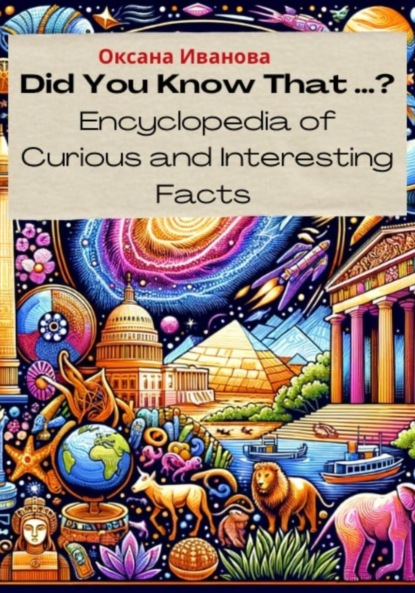Did You Know That ? Encyclopedia of Curious and Interesting Facts
Did You Know That ? Encyclopedia of Curious and Interesting Facts
Describe the physical characteristics of the Rafflesia arnoldii flower.
How does the Rafflesia arnoldii get its nutrients?
Describe the life cycle of the Rafflesia arnoldii.
Why is the Rafflesia arnoldii important to the rainforest ecosystem?
What are some threats facing the Rafflesia arnoldii?
Fact 13. Did you know that the world's largest snowflake ever recorded was 15 inches wide?
That's about the size of a dinner plate! This massive snowflake was measured by a rancher named Matt Coleman in Fort Keogh, Montana, on January 28, 1887.
How Snowflakes Form
Snowflakes are formed when water vapor in the air freezes into ice crystals. These ice crystals then join together to form snowflakes. The shape of a snowflake is determined by the temperature and humidity of the air.
The Giant Snowflake
The giant snowflake that fell in Montana was formed under very specific conditions. The air was very cold and humid, which allowed the ice crystals to grow to an unusually large size. The snowflake was also very symmetrical, with six perfectly formed branches.
Other Large Snowflakes
While the 15-inch snowflake is the largest on record, there have been other reports of very large snowflakes. In 1891, a snowflake measuring 12 inches wide was reported in Nebraska. And in 2013, a snowflake measuring 10 inches wide was photographed in Wisconsin.
Conclusion
Snowflakes are beautiful and fascinating natural phenomena. The world's largest snowflake is a reminder of the power and beauty of nature. It is also a reminder that even the smallest things can be amazing.
WORDLIST:
snowflake – снежинка
vapor – пар
join together – соединяются вместе
is determined by – определяется
humidity – влажность
giant – гигантский
humid – влажный
branches – ветви
fascinating – захватывающий
reminder – напоминание
power – сила
QUESTIONS:
What is the largest snowflake ever recorded?
Where and when was the largest snowflake ever recorded?
How are snowflakes formed?
What factors determine the shape of a snowflake?
Describe the conditions under which the giant snowflake in Montana was formed.
Have there been any other reports of very large snowflakes?
Fact 14. Did you know that the Amazon rainforest produces half of the world's oxygen?
This common belief is actually a myth. The truth is, the oceans are the real heroes of oxygen production. They produce about 70% of the Earth's oxygen.
Why the Myth?
The Amazon rainforest is a vast and lush ecosystem, so it's easy to assume that it must produce a lot of oxygen. However, the rainforest's dense canopy and high humidity limit sunlight penetration. This means that the rate of photosynthesis, the process by which plants produce oxygen, is lower in the rainforest than in other ecosystems.
The Real Oxygen Producers
The oceans are teeming with microscopic organisms called phytoplankton. These tiny algae use sunlight to photosynthesize, releasing oxygen as a byproduct. Phytoplankton are responsible for about 50% of the world's oxygen production.
Other Contributors
While the Amazon rainforest does not produce as much oxygen as the oceans, it still plays an important role in the Earth's oxygen balance. The rainforest absorbs carbon dioxide from the atmosphere, which helps to regulate oxygen levels.
Conclusion
The Amazon rainforest is a vital part of the Earth's ecosystem, but it is not the primary source of oxygen. The oceans are the real heroes of oxygen production. It is important to recognize the interconnectedness of all ecosystems and the complex interplay that maintains the delicate balance of the Earth's life-sustaining systems.
WORDLIST:
common belief – распространённое мнение
oxygen – кислород
vast – обширный
lush ecosystem – пышная экосистема
assume – предполагать








 Рейтинг:
0
Рейтинг:
0